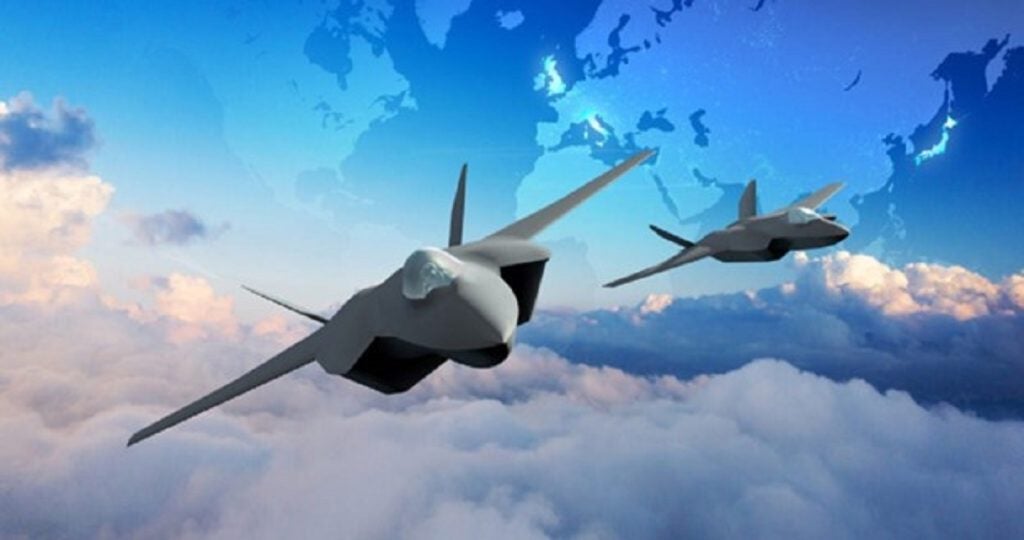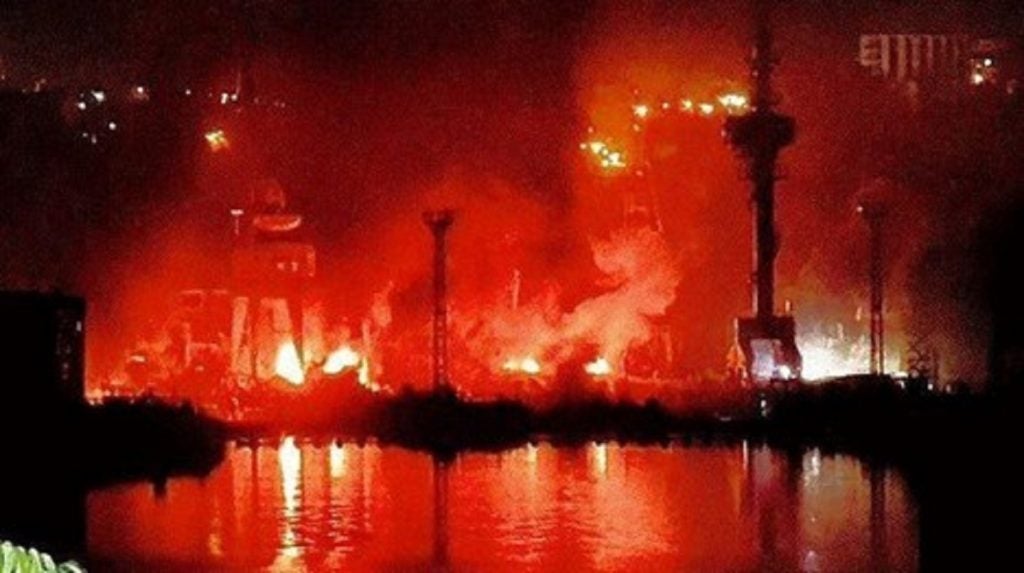As the first day of the Defence Equipment and Security International (DSEI) 2023 exhibition begins, industry leaders and Global Combat Air Programme (GCAP) partners from Italy, Japan and the UK – Leonardo, Mitsubishi and BAE Systems – have revealed their plans on collaboration and electronics delivery for the future sixth-generation combat aircraft.
Collaboration Agreement for the future GCAP platform
Firstly, the partners have agreed upon a trilateral Collaboration Agreement to deliver the concept phase requirements for the future GCAP platform.
The agreement supports ongoing discussions to set out long-term working arrangements and maturity of the concept and capability requirements for the next-generation combat aircraft.
Director of GCAP Guglielmo Maviglia stated: “This trilateral collaboration on the programme for the development of a next generation system represents the flagship of the distinctive capabilities and disruptive technologies that the partners of the three nations will share in an innovative way, for the success of the programme.”
ISANKE & ICS electronics project delivery
Secondly, the three nation’s sensing and protection leads are close to agreeing a commercial and operating arrangement to deliver the new combat aircraft’s on-board electronics system: the Integrated Sensing and Non-Kinetic Effects & Integrated Communications Systems (ISANKE & ICS).
The partners have identified that a joint project delivery set-up will be the most efficient way of delivering the programme at pace, allowing them to deliver the future platform by the anticipated date of 2035.
ISANKE & ICS is the advanced electronics on-board the GCAP combat aircraft.
A core reason why the platform is considered next-generation is that the new concept moves away from the traditional model of separate airborne sensors, but instead uses a fully integrated sensing, fusion and self-protection capability.
At the same time, ICS will allow the ISANKE to operate as a network across formations of crewed and uncrewed aircraft, as part of each nation’s wider, multi-domain system-of-systems.
Over the last few months, the partners have also made significant progress on the technical side of the programme, with the ISANKE & ICS subsystem passing a three-nation systems review. This key aspect in the joint concept stage means that the partners have agreed on high-level design of the subsystem.










